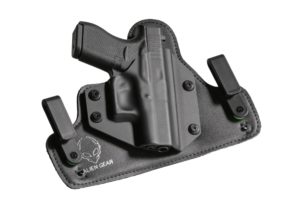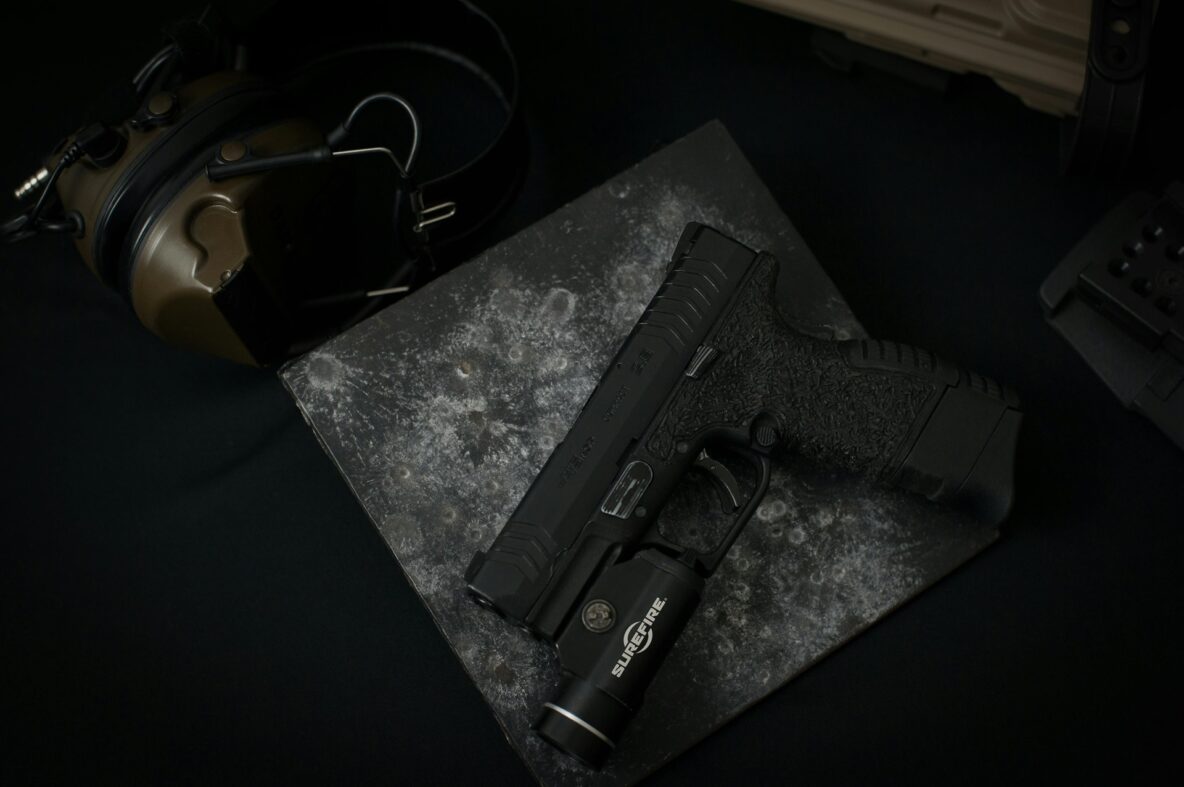Considering an attachment or attachments for your favorite carry weapon? Make sure you consider these five factors when you make your choice:
1) Reliability above all else
Too many people carry weapons built to the most exacting of standards, holstered in top notch reliable holsters, with bargain bin attachments waiting to break and fail under the rigors of a high-pressure event. You simply cannot afford to have any portion of your carry weapon failing when you need it most, even something relatively unimportant — a small surprise can have a big impact when every moment counts.

2) Don’t carry without practice
Don’t strap some new accessory onto your carry weapon then proceed to carry it in daily life without practicing wear, draws, shooting, and so on. A small difference can create a big difference in performance in certain areas, differences you want to identify and familiarize yourself with before you start relying upon the changed weapon. Sights, grips, lights, and every other attachment you might choose brings its own set of differences. Don’t make assumptions, don’t carry without practice.
3) Adapt as necessary
If a particular attachment won’t make sense for a given environment or situation, consider removing it for the duration. A carry weapon can either excel in one scenario or be acceptable in all, but there’s no such thing as a perfect load-out for any and all circumstances. This makes attachments which you can easily remove or replace more appealing than those which demand a bigger time investment, but sometimes you’ll have to choose.
4) Consider holsters
If you’re adding a new attachment, how does that play with your existing holster? Will you need a new one to accommodate the change? If so, do you have the time or inclination to adapt to a new holster for whatever benefit the attachment offers?
5) Keep it simple
The fewer moving parts to fail, the fewer details to remember in a crisis, and the more you can rely upon your carry weapon. Ask yourself with any attachment whether the benefits outweigh any increase in complexity. It may seem trivial to adapt to the small changes at the range, but how about that same weapon in an active shooter scenario? The more changes the attachment demands from you, the more practice you’ll need to carry your weapon safely and trust it. “Draw, aim, shoot” can be tricky enough to ingrain in your muscle memory without adding additional details and steps.
For more advice on choosing and using attachments, or to purchase firearm attachments in Albuquerque, contact Omni Arms today. We’ll be glad to help you make the best possible choice for your preferred carry weapon.

